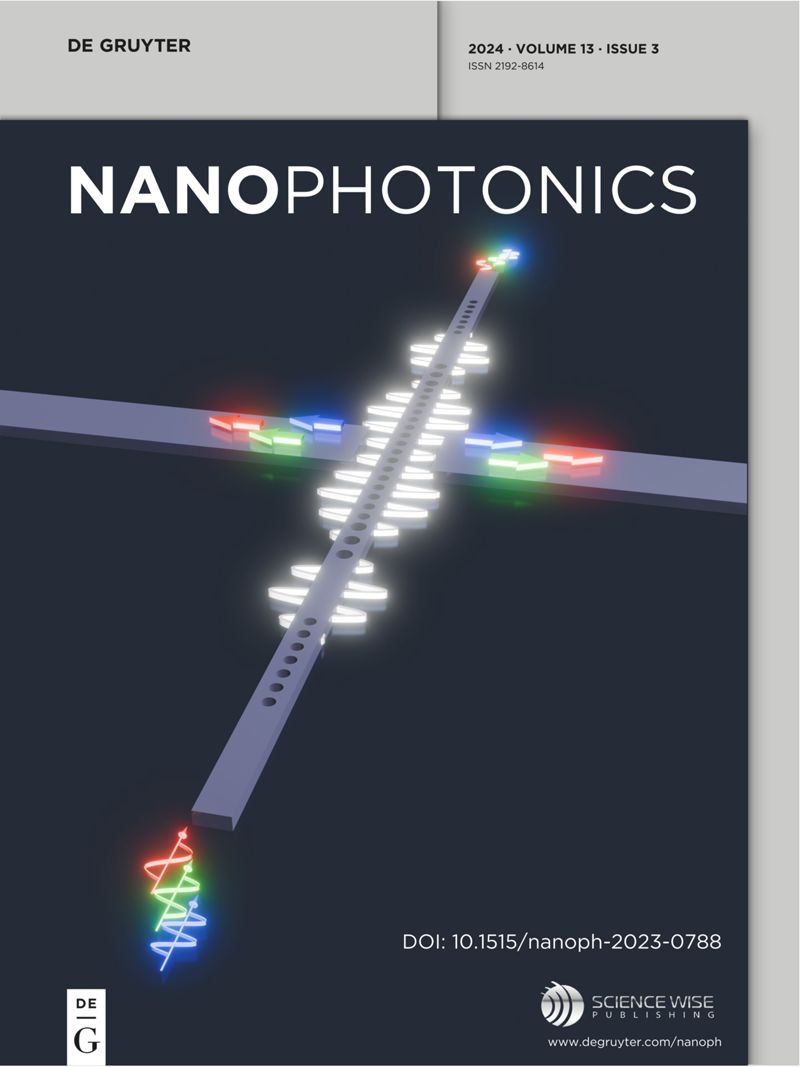量子光注入超快光源的超宽带无源稳定
IF 6.5
2区 物理与天体物理
Q1 MATERIALS SCIENCE, MULTIDISCIPLINARY
引用次数: 0
摘要
非线性光学效应,如频率转换,构成了许多实际光源的基础。在各种情况下,这种光源的性能受到量子噪声的限制。在许多非线性系统中,由于非线性动力学对初始条件变化的高度敏感性,这种量子噪声被强烈放大,这是许多非线性系统的共同特征。在这里,我们发展了由多光子高斯量子态引发的非线性动力学引起的量子噪声的一般理论。该理论为找到最佳量子态注入以最大限度地抑制输出噪声提供了指导。作为概念和理论的具体例子,我们考虑了飞秒脉冲产生超连续统的非线性光学现象,这是一个著名的噪声产生过程,在材料表征和生命科学的一系列应用中都很重要。通过脉冲压缩真空播种超连续统产生,可以在较宽的波长范围内,被动地,在不改变光谱的情况下,同时实现强度和相位噪声的数量级降低。这种效应的大幅度和带宽是通过其他稳定手段难以实现的,这为控制各种非线性系统中的量子噪声指明了一种有前途的方法。本文章由计算机程序翻译,如有差异,请以英文原文为准。
Ultra-broadband and passive stabilization of ultrafast light sources by quantum light injection
Nonlinear optical effects such as frequency conversion form the basis for many practical light sources. In a variety of settings, the performance of such sources is limited by quantum noise. In many nonlinear systems, this quantum noise gets strongly amplified, as a result of the large sensitivity of the nonlinear dynamics to changes in the initial conditions − a feature common to many nonlinear systems. Here, we develop a general theory of quantum noise resulting from nonlinear dynamics initiated by many-photon Gaussian quantum states. The theory provides guidelines to find the optimal quantum state to inject to maximally suppress the noise at the output. As a concrete example of the concept and theory, we consider the nonlinear optical phenomenon of supercontinuum generation by a femtosecond pulse, a famously noise-generating process, which is important in a range of applications in materials characterization and life science. By seeding supercontinuum generation with pulsed squeezed vacuum, one can achieve order-of-magnitude magnitude reduction of intensity and phase noise simultaneously, over a broad band of wavelengths, passively, and with no change in spectrum. The large magnitude and bandwidth of this effect is challenging to achieve by other means of stabilization, pointing to a promising approach for controlling quantum noise in a variety of nonlinear systems.
求助全文
通过发布文献求助,成功后即可免费获取论文全文。
去求助
来源期刊

Nanophotonics
NANOSCIENCE & NANOTECHNOLOGY-MATERIALS SCIENCE, MULTIDISCIPLINARY
CiteScore
13.50
自引率
6.70%
发文量
358
审稿时长
7 weeks
期刊介绍:
Nanophotonics, published in collaboration with Sciencewise, is a prestigious journal that showcases recent international research results, notable advancements in the field, and innovative applications. It is regarded as one of the leading publications in the realm of nanophotonics and encompasses a range of article types including research articles, selectively invited reviews, letters, and perspectives.
The journal specifically delves into the study of photon interaction with nano-structures, such as carbon nano-tubes, nano metal particles, nano crystals, semiconductor nano dots, photonic crystals, tissue, and DNA. It offers comprehensive coverage of the most up-to-date discoveries, making it an essential resource for physicists, engineers, and material scientists.
 求助内容:
求助内容: 应助结果提醒方式:
应助结果提醒方式:


